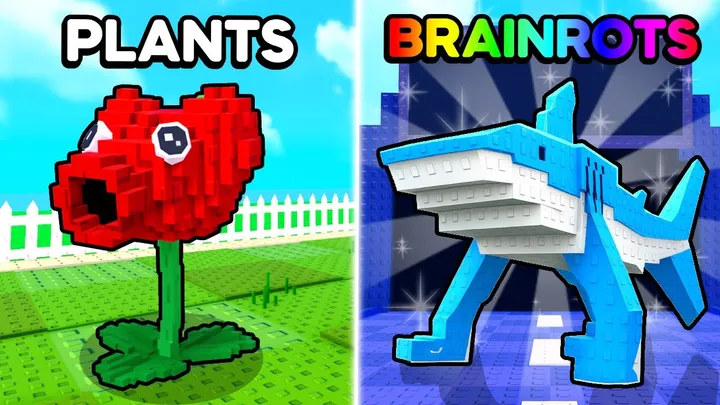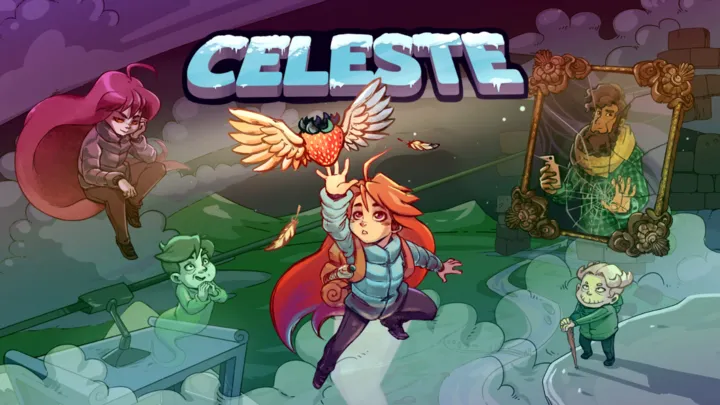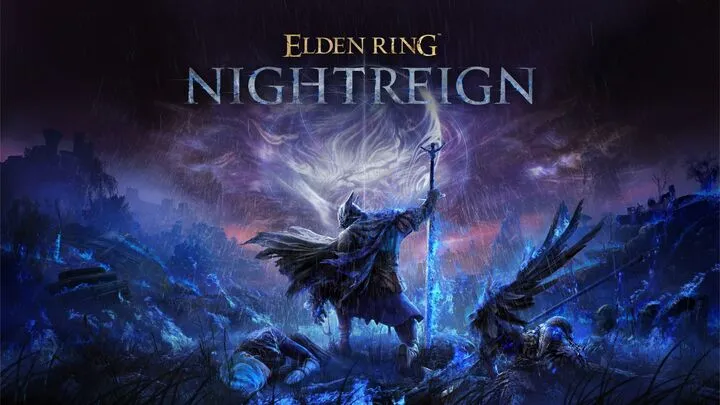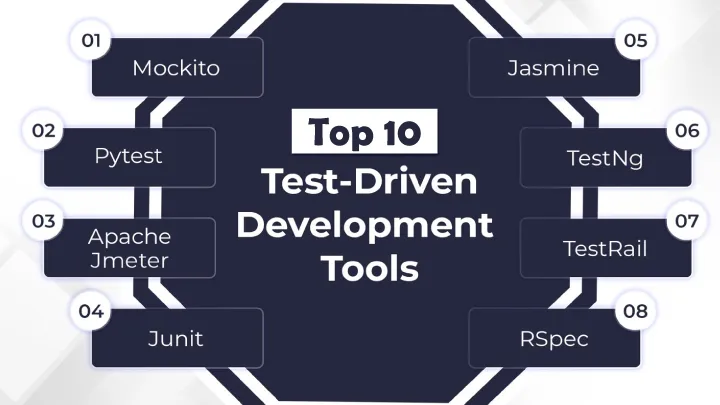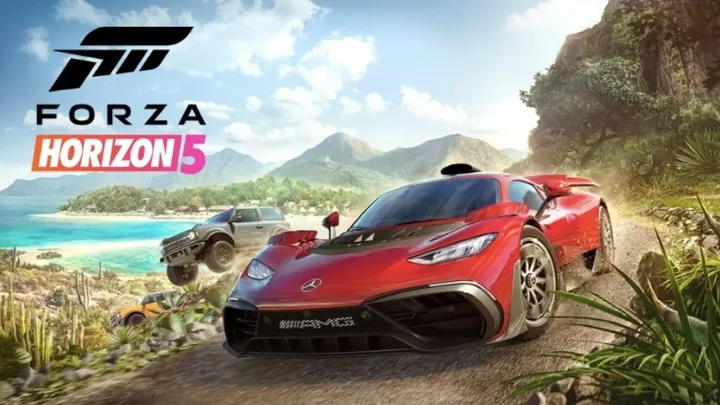Introduction
Forza Horizon 5 is one of the most celebrated racing games of the past decade, not just because of its stunning visuals and expansive open world, but because of its unique approach to balancing realism and accessibility. Set in a fictionalized Mexico, the game delivers hundreds of cars, diverse biomes, and dynamic events. Yet beneath the spectacle lies a key issue that continues to spark debate among fans and critics: how Forza Horizon 5 balances realistic driving physics with arcade accessibility. Some argue the game leans too much into casual fun, while others believe its mix is what makes it stand out. This article dives deeply into this issue, exploring how the tension between realism and accessibility shapes player experience, progression, and the game’s long-term success.
The Early Experience – Immediate Accessibility
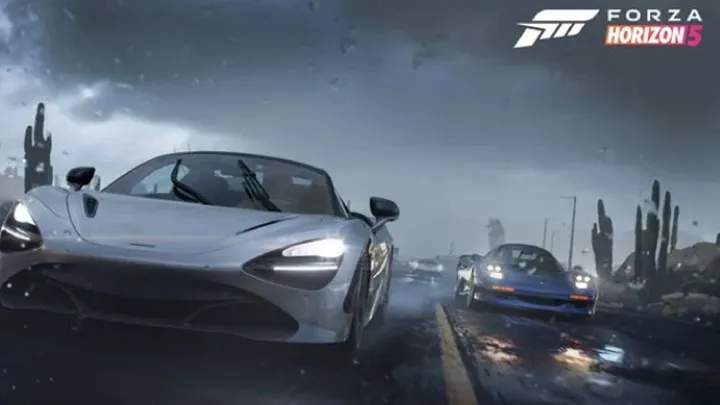
From the very first race, Forza Horizon 5 establishes itself as approachable. Players are dropped into a cinematic introduction where cars parachute onto the roads of Mexico.
This opening sequence is a statement: the game wants to thrill players, not intimidate them. The physics feel tight but forgiving, ensuring new players can enjoy the thrill of speed without constant punishment. Accessibility is front and center here, designed to hook players instantly.
Driving Physics – The Fine Line Between Real and Arcade
Forza Horizon 5 uses a refined version of the Forza physics engine, but tuned differently from Forza Motorsport. The cars feel weighty, responsive, and distinct.
Yet, Horizon deliberately softens some aspects of realism. Braking distances are shorter, grip levels higher, and off-road driving more forgiving. While this ensures fun, purists argue it sacrifices the authenticity that simulates true racing conditions.
Assist Systems – Freedom or Handholding?
The game offers multiple assist systems, such as traction control, ABS, and rewind. These allow players to customize difficulty and tailor their driving style.
On one hand, this system empowers accessibility. On the other, some players feel assists undermine realism. The rewind feature, in particular, blurs the line between skill and convenience, leaving debates about whether it reduces the stakes of racing.
Open World Exploration vs. Competitive Realism
Forza Horizon 5 emphasizes exploration as much as racing. With treasure hunts, PR stunts, and casual activities, players often spend more time free-roaming than competing.
This design choice highlights the tension between fun and realism. While exploring sand dunes in a Lamborghini is exciting, it clashes with authentic driving conditions. The open world encourages experimentation but weakens the sense of grounded competition.
Online Racing – Accessibility Meets Chaos
Online racing showcases the progression of this balance. The flexible matchmaking system allows drivers of all skill levels to compete together.
However, this accessibility often results in chaos. Players who approach the game casually clash with those seeking realistic, competitive races. The lack of strict penalties for reckless driving makes online lobbies feel less like motorsport and more like arcade chaos.
Car Customization – Realism in the Garage
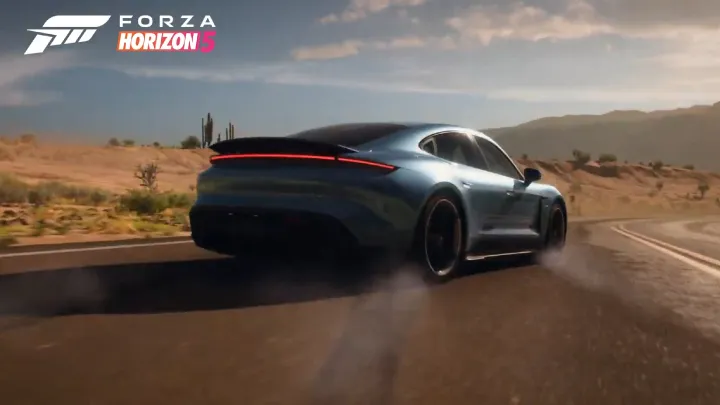
One area where realism shines is car customization. Tuning options allow players to adjust suspension, gearing, and tire pressure with surprising detail.
This depth appeals to enthusiasts but remains optional for casual players. It represents one of the game’s best compromises: letting realism exist for those who want it, without forcing complexity on everyone.
Seasonal Events and Accessibility Pressure
The seasonal nature of Forza Horizon 5 keeps the game fresh. Weekly challenges, rare cars, and live events bring players back.
Yet, these events often highlight accessibility over realism. Seasonal challenges are designed to be achievable by the majority, meaning they rarely push the limits of simulation. Competitive players sometimes feel progression is diluted by inclusivity.
Player Motivation – Fun vs. Authenticity
Forza Horizon 5 motivates players in two ways: thrill-seeking fun and authentic competition. These two motivations often collide.
Casual players enjoy freedom and spectacle, while enthusiasts crave tighter realism and stricter systems. The balancing act between these motivations defines much of the community’s debate over the game’s identity.
Emotional Engagement – Escapism Through Accessibility
The emotional hook of Forza Horizon 5 is undeniable. Driving through vibrant landscapes at 200mph creates a sense of escape that few games achieve.
This emotional engagement stems largely from accessibility. If the game leaned fully into realism, fewer players would experience these thrills. Accessibility, while controversial, ensures the widest possible audience can connect emotionally.
The Future of Forza Horizon – Can the Balance Be Perfected?
Forza Horizon 5’s struggle between realism and accessibility raises questions about the franchise’s future. Should the Horizon series remain casual while Motorsport handles simulation? Or should Horizon integrate more realism to satisfy enthusiasts?
Possible Improvements
- Smarter matchmaking to separate casual and competitive drivers online.
- Dynamic realism settings that adapt to player skill progression.
- Event tiers offering both accessible and simulation-grade challenges.
- Expanded penalties online to balance fun with fairness.
These changes could refine the balance without alienating either side of the player base.
Conclusion
Forza Horizon 5 thrives on its ability to make racing games accessible, exciting, and emotionally engaging. Yet, its greatest strength is also its greatest weakness. By softening realism to appeal to the masses, the game sometimes frustrates purists who seek authenticity. Still, its massive popularity proves that accessibility is what sustains the franchise. The future of Forza Horizon lies in finding new ways to merge realism with inclusivity—ensuring every player, whether casual or competitive, can find their lane.
